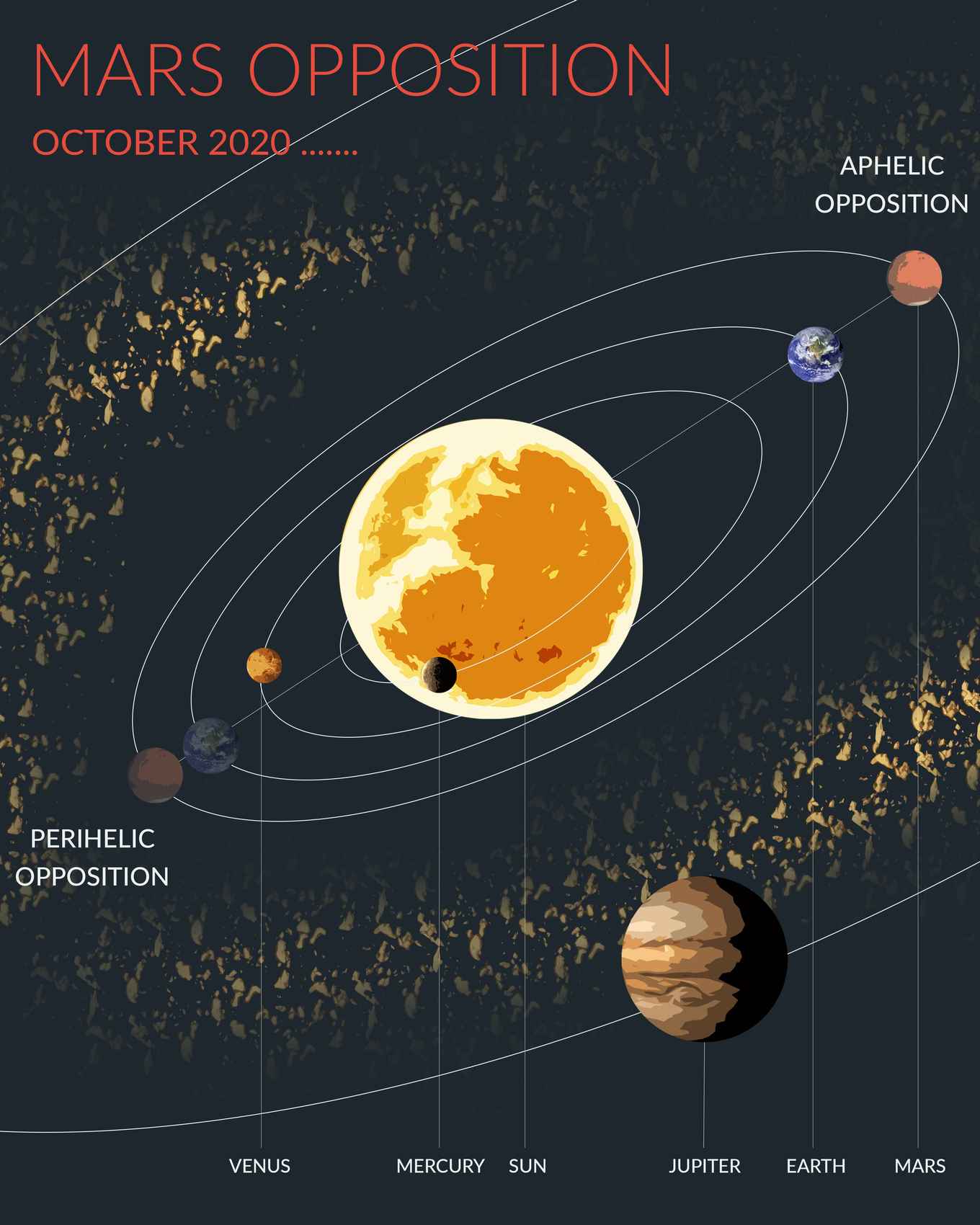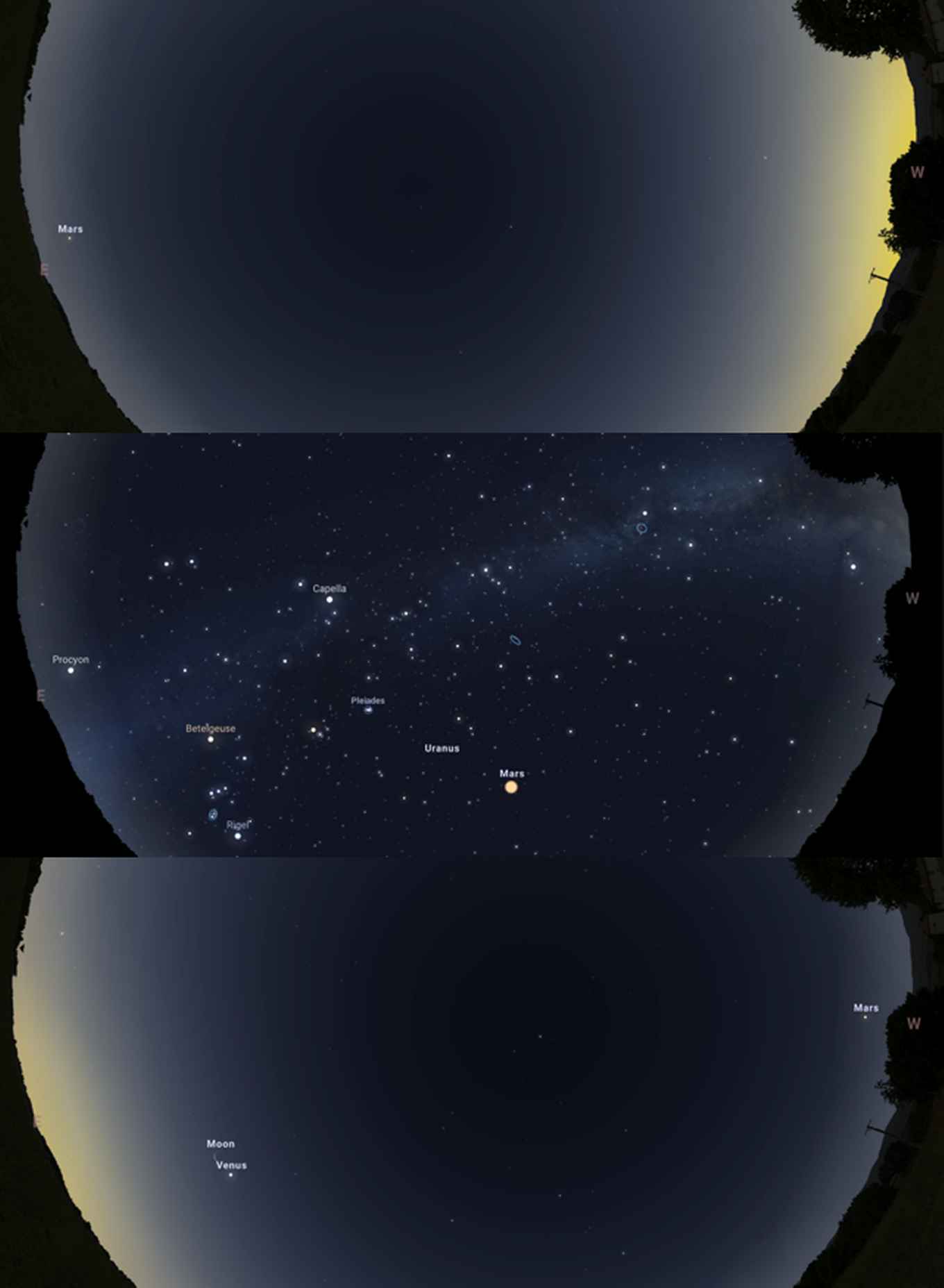Blog: The red planet
30 September 2020

Hey! I’d like to take this opportunity to introduce myself. I’m Kenzie Nimmo, a PhD researcher working at the Anton Pannekoek Institute (API). This academic year I’ll be writing monthly blogs on various topics, from research that we conduct here at API to blogs related to upcoming astronomy events.
This month we have a very exciting event coming up. On October 14th 2020, our neighbouring planet Mars will reach opposition. We are celebrating by hosting a Mars event which will be livestreamed on YouTube. For more information on this event, please see the agenda item below.
What is an opposition? Opposition is a specific alignment of the Sun, the Earth and a planet, in this case, Mars. It represents the point where the Earth intersects the line connecting the Sun and Mars. During opposition, the red planet will be one of the brightest objects in the sky. Because Mars takes twice as long as Earth to orbit the Sun, a Mars opposition only occurs once every two years.

Because by definition, at opposition, the planet is directly opposite the sun, it will be visible throughout the night, rising in the East around sunset and setting in the West around sunrise.. If the sky is clear, you will be able to see Mars with the naked eye. To distinguish Mars from other planets and stars, first make sure it is not twinkling. Stars twinkle due to an effect called scintillation, but planets do not visibly twinkle. The second check is to make sure Mars has a reddish tint (Mars does have the nickname “the Red Planet”, after all).

Finally, why is Mars interesting? Mars is the most similar planet to Earth in our Solar System. Mars sharing similar properties to Earth implies that perhaps Mars could also host life, or has done in the past. Studies suggest that Mars was once warmer, contained more water, and had a thicker atmosphere, making it more habitable. Mars is clearly a very exciting object to study, and at ‘only’ 65 million kilometers away, it’s a perfect target for exploration. NASA recently launched the Perseverance rover in July 2020, which will reach Mars in February 2021, to answer questions regarding the potential for life on Mars.